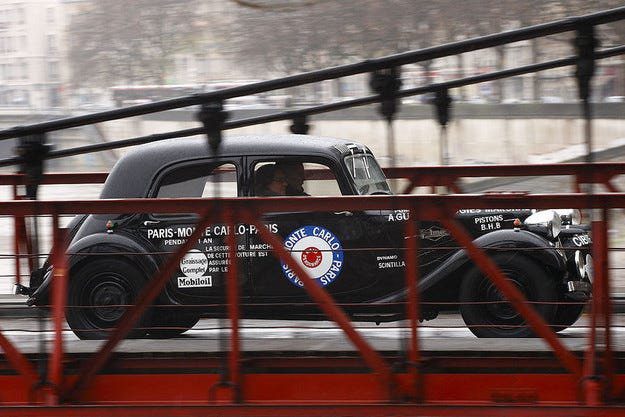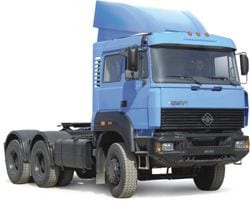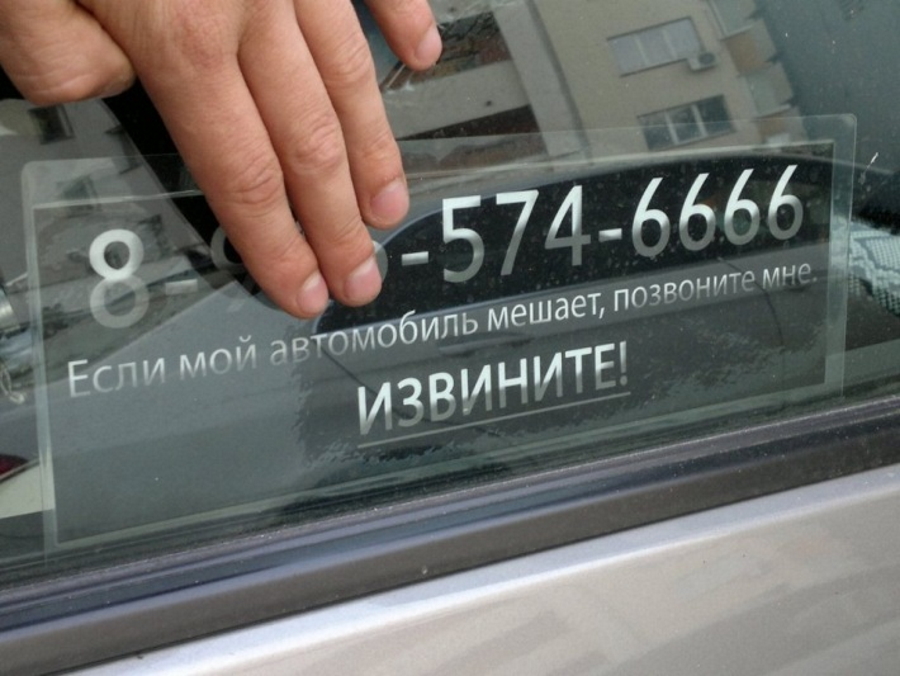
Test drive Renault Mégane against VW Golf, Seat Leon and Peugeot 308
Content

The fourth generation Renault Mégane in the first battle with compact class rivals
Is the new Renault Mégane fast, economical and comfortable? Is it elegant or disappointingly simple? We will clarify these issues by comparing the model with the Peugeot 308 BlueHDi 150, Seat Leon 2.0 TDI and VW Golf 2.0 TDI.
The new Renault Mégane was unveiled at the Frankfurt Motor Show last year - and even then it looked very promising. But now things are getting serious. In the face of the Peugeot 308, Seat Leon and VW Golf, the newcomer faces tough opponents with whom he will have to compete in tough tests of dynamics, fuel consumption and road behavior under the strict control of testers. Because so far the three previous generations of the Renault Mégane (with the exception of the hot RS derivatives) have not performed convincingly at XNUMX%. Either there was too little space in them, or the engines were too voracious, or they suffered from such shortcomings as inaccurate steering and minor manufacturing defects.
Renault Mégane: happy return
However, times are changing, and so is Renault. Moreover, the partner intervened more seriously in the activities of the brand. Nissan and designer Lawrence van den Acker. Newer models such as the Kadjar and Talisman, though not tested in comparison, often leave good impressions. Why "most often" and not "always"? Because, um... like Peugeot, Renault sometimes does weird things and, for example, on the dashboard, they rely on a colorful mix of virtual controls and a touch screen facing its narrow side, whose thoughtful programs not everyone can understand the first time around. Navigation, infotainment, network, apps, driver assistance systems, back massage - all functions can be controlled from here if they are detected. On the other hand, the screen is responsive, viewing and zooming in on maps is much easier than with a Golf or Seat, and there are still actual air conditioning rotary knobs. The rest of the interior scores well – the plastics are soft, the instrument panel and keys are nicely rounded, along with neatly placed light bars and comfortable seats adorned with visible stitching and faux leather. And most importantly: for all this, Renault will not ask you for a penny. Even from the lowest level of equipment that can be combined with the dCi 130 engine, the Mégane's interior still looks good.
The price also includes a large wheelbase (2,67 m) and 930 millimeters of headroom above the rear seat. In the long French model with a length of 4,36 m, you will not feel the lack of space in front of your feet. However, headroom may not be enough, here the pitched roofline - an important design element - requires some sacrifice. Accordingly, landing is not as easy as in the Golf, which offers four inches more air overhead. The trunk of the usual classy sizes, accommodating from 384 to 1247 liters, is not easy. The rather raised lower edge (ten centimeters above the threshold of the Golf) and massive armor strained both the muscles of the back and the arms.
Waiting for more powerful diesels
While we open and close, turn on the diesel and leave. Note, however, that in this comparison we have to be content with a slightly noisy 1,6-liter unit with 130 hp. and 320 Nm. Only in the fall, a more powerful 165 hp biturbo engine will go on sale. Therefore, it is clear that the Renault model is inferior, sometimes significantly, to its competitors with a capacity of 150 hp. both in the sprint up to 100 km / h and in the intermediate acceleration. But the small diesel itself pulls shakily at first, and then more powerfully, matches well with a manual transmission with light travel and is ultimately sufficient for everyday driving. It's good that I reported a consumption of 5,9 l / 100 km at the gas station for the entire test. And on the highway for an economical ride, I am satisfied with only 4,4 liters.
The suspension and steering are equally convincing and well balanced. Renault chose not to fully tune the Mégane for maximum dynamics, so the car behaves on the road exactly as it should, and approximately like a Golf. For example, the French car is decent enough and skillful enough to absorb bumps and damage on the road and, even under full load, remains calm and follows the direction on a special track for testing with impacts. The steering doesn't really work as straightforward as the Golf or the sharpened Leon, but it is precise and provides ample feedback on the road. Correspondingly, vigorously, albeit with a light rear, the Mégane flies between the cones in handling tests, and in some cases is only 1 km / h slower than the Golf with adaptive damping.
Not all is well
So, this time around, everything about the Renault Mégane is excellent? Unfortunately, no, in short - we did not like the brakes at all. Wearing Contial EcoContact 5 tires, the French car stops in the standard test (at 100 km/h) after only 38,9 metres. At 140 km/h, the braking distance is 76 meters and the Golf gets stuck eight meters earlier. Even the disappointing Peugeot 308 performs better at 73 meters. It is hoped that Renault Mégane will stop better in the next tests. In any case, its counterpart on the Talisman platform recently reported an excellent 35,4 meters. However, now the measured values do not allow you to win the test. The consolation is that the new Renault Mégane still ranks first in the cost section. With a base price of €25 (in Germany), the Mégane dCi 090 Intens is about €130 cheaper than the equally well-equipped Golf 4000 TDI Highline. Even a traffic sign recognition camera and lane keeping assistant, DAB radio, keyless entry and the aforementioned R-Link 2.0 networked navigation and multimedia system are available as standard. And also - a five-year warranty (up to 2 100 km of run). Who offers more? Nobody.
Peugeot 308: slight discontent
This bargain, although not quite tight, is approached by the eleven-centimeter shorter Peugeot 308 in the Allure version. In Germany, it costs 27 euros and comes with a three-year warranty, LED lights, telematics connection with an alarm, still rare in this class, as well as 000-inch wheels, parking sensors, long haul travel and more. Among them is the mentioned monitor, with which you can control almost all functions - built into a clean, well-made dashboard. This brings us to the "look behind the wheel" concept of a spacious French car. Its composition: a beautiful small steering wheel and controls with contrasting graphics, which, depending on the height and position of the driver, can be clearly visible or slightly covered. An unusual option that every potential buyer should be familiar with in advance.
However, this scheme has another impact as well. The small steering wheel, combined with the sharply responsive steering system, suggests a surprising, almost nervous urge to turn. Unfortunately, the chassis is too soft to maintain the desired dynamics. So the Peugeot 1,4, which weighs almost 308 tonnes, does more wobble cornering, and if you overdo it, you will quickly feel the front wheels spin before the ESP intervenes. And no trace of sportsmanship. The results of road dynamics tests also speak of this.
And as if that weren't enough, the Peugeot 308 also shows flaws in highway comfort by simulating a bad road. The only one in the test, this model quickly starts to bounce, continues to shake hard after any bump, and eventually the suspension hits the pads. And if - as in the test car - a 420D panoramic roof is installed, and the headrest is pressed against the back of your head every time you jump, you start to feel definitely uncomfortable. And after so many complaints, a few praises for the end: firstly, the easily accessible trunk holds the heaviest load, 370 liters, and secondly, the obedient two-liter diesel has the best traction - 308 newton meters. Accordingly, the 6,2 accelerates rapidly and easily reaches its top top speed. What is the measured value? Acceptable 100 liters per XNUMX km.
Seat Leon: tough but hearty
That is how much the Seat model costs, developing 150 hp, respectively. 340 Nm. However, it uses fuel much more efficiently, reaching the best dynamic values (from zero to 8,2 in 25 seconds) and powerful intermediate thrust in all situations. Even a Golf with the same engine can't keep up. The most likely reason for this is that the Spaniard, who costs at least € 250 (in Germany), weighs only 1,3 tons. And since the six-speed transmission seduces with a short and precise stroke, and the diesel willingly picks up higher speeds, energetic driving is truly a joy.
The only downside is that the TDI engine is not as well insulated as the VW-badged model and is a bit noisier. Everyone who knows Seat knows this. Of course, Leon is the perfect partner when it comes to fast turns. Equipped with so-called. progressive steering and adaptive dampers (in the optional Dynamic package), a truly snug-fitting Leon enters corners with such precision and precision that everyone loves to change direction and strives to replicate that feeling. Even at the limit of thrust, the car remains neutral and reliable for a long time. Just watch his speed in a double lane change without ESP - 139,9 km / h! Even the Golf, which is certainly not phlegmatic, is almost 5 km / h slower. Ear!
Sports dashboard, cramped sports seats
In harmony with all this, the Seat has cramped sports seats with good lateral support, which, thanks to the artificial leather with red stitching, look quite elegant and fit well with the small, flattened steering wheel. Otherwise, the dashboard looks relatively simple, the functions are easy to operate, there is enough space, the trunk holds 380 liters. For reference and entertainment, it uses a navigation system with a small touch screen, no traffic and network information, but with Mirror Link functions and a music system. Here, the Spaniards do not use the concern's capabilities for more attractive offers. This is also evident in some driver assistance systems. Blind-spot warning and active parking assistant are not available at all, as are the adaptive xenon headlights. The only offer is fixed LED headlights for an additional fee of 990 euros. In general, despite paying extra for the FR level, the Seat Leon is quite poorly equipped. Even extras such as light and rain sensor, automatic air conditioning and parking beacons, which are most often offered as standard by competitors, you have to pay separately here.
And finally - VW Golf. To surpass this balance of qualities, the car must have all the advantages plus the Octavia trunk and the handling of the Leon. He just does a lot of things really well. When to start? For example from the engine. You've probably read enough about this well-functioning 2.0 TDI, which is more economical and quieter in the Golf than in the Leon. Although the engine is not as punchy and the transmission is not as tight as in the Spanish model, with their help the car from Wolfsburg also achieves mixed dynamics.
VW Golf: balanced, talented and expensive
However, he does not want and should not be a real athlete. To a much greater extent, VW Golf prefers to maintain a balanced balance, calmly absorbs both hard impacts and unpleasant lateral joints, does not sway in long waves on the asphalt. Even with a load, he has no weaknesses, and if he does need to move faster, his precise, road-feeling steering will readily support any attempt at action. Note: here we are writing about a VW Golf with adaptive chassis at an additional cost of 1035 euros. Renault Mégane is just as adept at performing these tasks without any damper control valves. In fact, for most VW Golf buyers, it is much more important to use space wisely and be well suited for everyday use.
Although the compact VW is 10,4 centimeters shorter than the Renault Mégane, it offers the most spacious interior space, the dimensions of the body are easy to perceive, and the luggage you can travel with reaches 380 liters. This is a smart option for storing a panel above the trunk under the floor of the cargo area. In addition, there are drawers under the very beautifully shaped seats, and in the center console and doors there are large drawers and niches for small items - partially rubberized or felt. Why are we mentioning this? Because it is precisely these requirements that put the VW Golf at the forefront in terms of quality and functionality. Not to mention simplified ergonomics or a set of more or less important additional safety features (for example, warnings about driver fatigue).
The biggest disadvantage of the VW Golf is its high price. Indeed, in the €29 (in Germany) Highline version, it comes off the assembly line with xenon headlights, but the radio sounds a modest 325 watts and has no cruise control. However, the model wins this comparison by a significant margin. But never before has the cheaper and equally comfortable Renault Mégane come close to being the best in its class. This also answers the question posed at the beginning.
Text: Michael von Meidel
Photo: Hans-Dieter Zeifert
Evaluation
1. VW Golf 2.0 TDI – 438 points
It sounds like it, although it sounds trite: Golf is a really good car. Especially with a powerful diesel engine under the hood, no one can beat him.
2. Seat Leon 2.0 TDI – 423 points
Its sporty nature pays off points, but when paired with a powerful bike, it delivers immense driving pleasure. Plus, the Leon is as practical as the Golf, but not nearly as expensive.
3. Renault Megane dCi 130 – 411 points
Conclusion of the test: comfortable, agile and high quality, slightly weaker but cheap Mégane did a good job of this comparison. If he could stop better ...
4.Peugeot 308 BlueHDi 150 – 386 points
As cozy and spacious as the perfectly motorized 308 is, the perceived disharmony between steering and suspension worries as much as weak brakes.
technical details
| 1. VW Golf 2.0 TDI | 2. Seat Leon 2.0 TDI | 3. Renault Megane dCi 130 | 4.Peugeot 308 BlueHDi 150 | |
|---|---|---|---|---|
| Working volume | 1968 cc cm | 1968 cc cm | 1598 cc cm | 1997 cc cm |
| Power | 150 hp (110 kW) at 3500 rpm | 150 hp (110 kW) at 3500 rpm | 130 hp (96 kW) at 4000 rpm | 150 hp (110 kW) at 4000 rpm |
| Maximum torque | 340 Nm at 1750 rpm | 340 Nm at 1750 rpm | 320 Nm at 1750 rpm | 370 Nm at 2000 rpm |
| Acceleration 0-100 km / h | 8,5 with | 8,2 with | 9,6 with | 8,7 with |
| Braking distances at a speed of 100 km / h | 36,8 m | 36,3 m | 38,9 m | 38,7 m |
| full speed | 216 | 215 km / h | 199 km / h | 218 km / h |
| Average consumption fuel in the test | 6,1 l / 100 km | 6,2 l / 100 km | 5,9 l / 100 km | 6,2 l / 100 km |
| Base Price | 29 325 EUR (in Germany) | 26 850 EUR (in Germany) | 25 090 EUR (in Germany) | 27 000 EUR (in Germany) |

